Electrical resistance meters
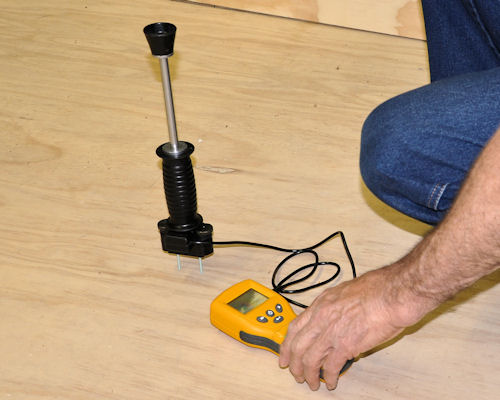 Audio for slide 2 (mp3 |6|KB)
Audio for slide 2 (mp3 |6|KB)
Moisture meters work on the principle that water is a good conductor of electricity, but wood is not. So the higher the charge, the more water there must be in the wood.
It's a simple rule that works reasonably well for timber, but you need to remember that the meter is measuring electricity, not moisture.
This means that any other substances that conduct electricity, such as certain chemical additives, will give false readings.

It's a simple rule that works reasonably well for timber, but you need to remember that the meter is measuring electricity, not moisture.
This means that any other substances that conduct electricity, such as certain chemical additives, will give false readings.

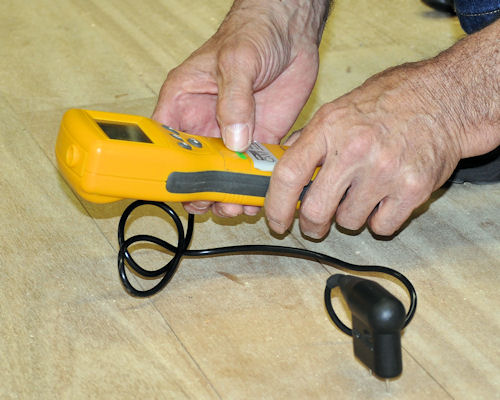 Audio for slide 3 (mp3 |6|KB)
Audio for slide 3 (mp3 |6|KB)
It's also the case that moisture meters are calibrated to measure Douglas fir (also called oregon).
So you have to apply a conversion factor when you measure other species to get an accurate reading.
The result also needs to be adjusted to allow for different temperatures in the wood, because higher temperatures tend to lower electrical resistance.

So you have to apply a conversion factor when you measure other species to get an accurate reading.
The result also needs to be adjusted to allow for different temperatures in the wood, because higher temperatures tend to lower electrical resistance.

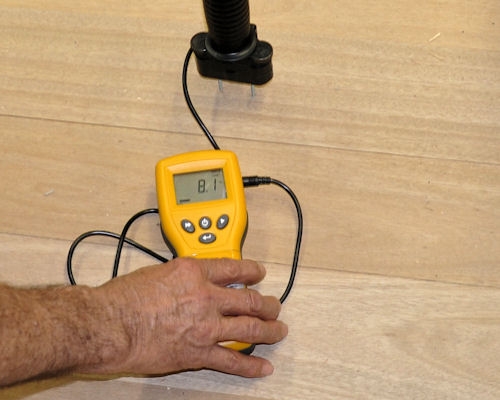 Audio for slide 5 (mp3 |6|KB)
Audio for slide 5 (mp3 |6|KB)
The moisture content range in timber subfloors should be between 10% and 14% for resilient floor coverings and 9 to 14% for timber floor coverings.
Note that in air conditioned buildings it could be less, particularly if the windows are sealed and there is no direct access to outside air. This is because air conditioners tend to de-humidify the atmosphere.
The levels could also be less in some dry inland areas where the atmospheric RH is typically low. By contrast, in tropical areas where the humidity remains high for long periods of time, the EMC may be as high as 17% during the 'wet season'.
In these cases, you should discuss the local conditions with the builder or local council before proceeding.

Note that in air conditioned buildings it could be less, particularly if the windows are sealed and there is no direct access to outside air. This is because air conditioners tend to de-humidify the atmosphere.
The levels could also be less in some dry inland areas where the atmospheric RH is typically low. By contrast, in tropical areas where the humidity remains high for long periods of time, the EMC may be as high as 17% during the 'wet season'.
In these cases, you should discuss the local conditions with the builder or local council before proceeding.

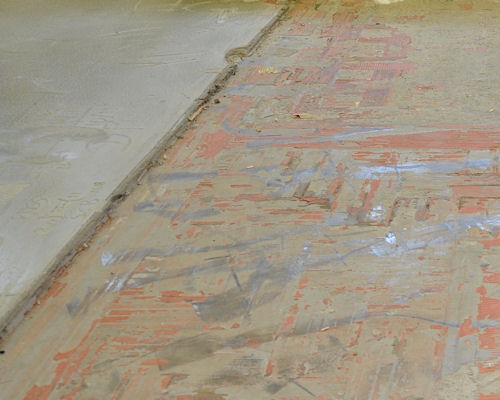 Audio for slide 6 (mp3 |6|KB)
Audio for slide 6 (mp3 |6|KB)
Moisture meters and concrete
In the past, electrical resistance moisture meters were sometimes used to test concrete; however, this is no longer permitted under AS 1884-2012.
One of the reasons is that the electrodes won't penetrate far enough into the concrete to provide an accurate RH measurement.
Another problem is that the meter can give distorted readings if there are additives in the concrete.

Learning activity
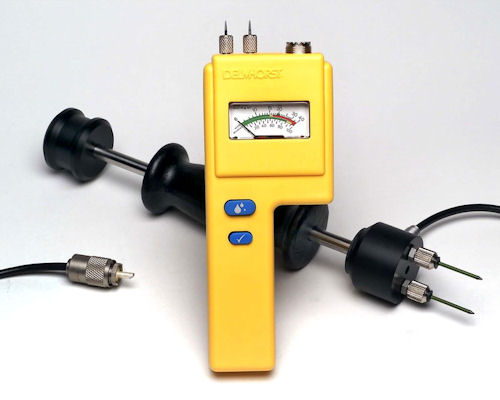 Audio for slide 7 (mp3 |6|KB)
Audio for slide 7 (mp3 |6|KB)
The link below will take you to a clip produced by Delmhorst descibing their BD-10 'pin type' moisture meter.

Delmhorst BD-10 moisture meter
Have you used an electrical resistance meter to measure moisture content in wood or concrete? What brand was it? If you haven't used one before, do you know of any other manufacturers of these types of moisture meters?

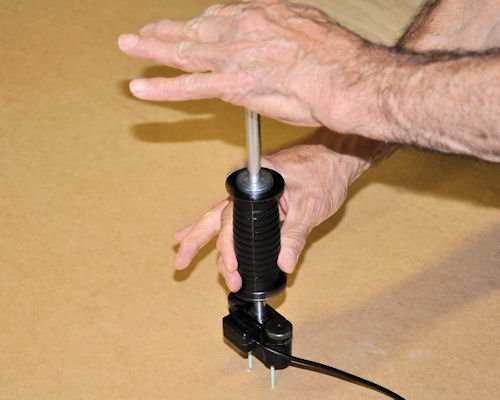
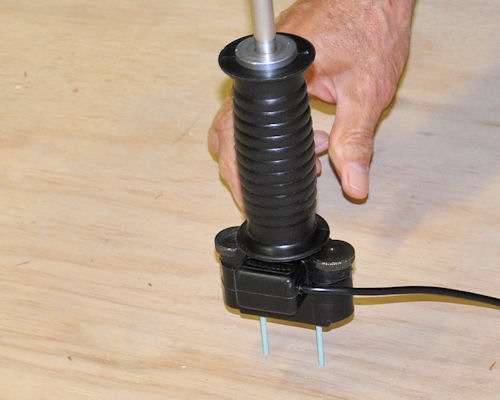
 Go to
Go to